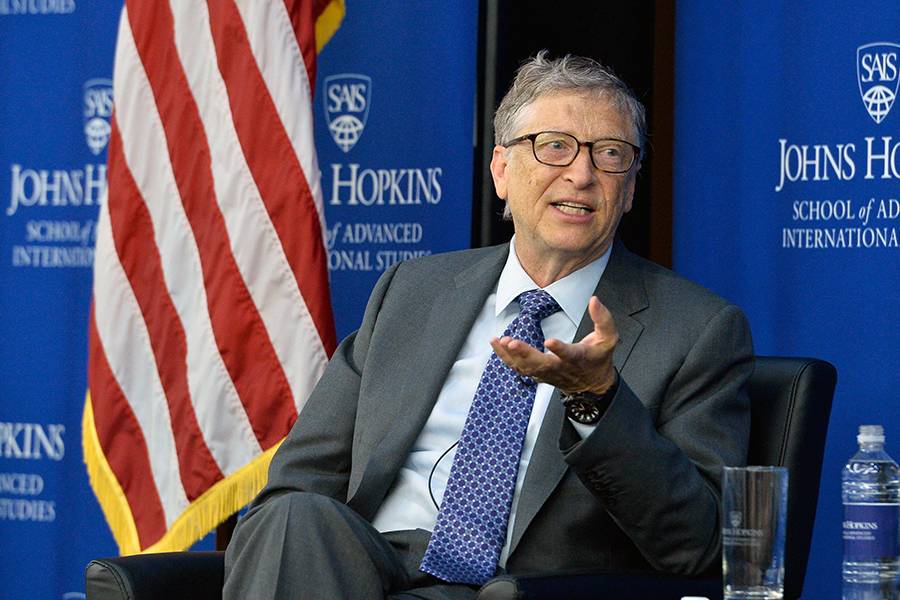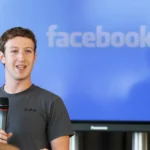Bill Gates is more than a billionaire entrepreneur; he is a symbol of how visionary thinking, relentless work ethic, and strategic foresight can change the world. As the co-founder of Microsoft, Gates helped usher in the personal computing revolution and laid the foundation for the digital era we live in today. But his journey from a curious kid in Seattle to becoming one of the richest and most philanthropic individuals in history is a story of persistence, innovation, and purpose. In this blog, we explore Gates’ life—from childhood to Microsoft’s rise, and finally to his impactful philanthropy—with key takeaways for aspiring entrepreneurs and changemakers.
Childhood Curiosity and Early Talent
Born on October 28, 1955, in Seattle, Washington, William Henry Gates III grew up in an upper-middle-class family that valued education and ambition. His father was a prominent lawyer, and his mother served on several corporate boards, including that of IBM. Bill demonstrated an early passion for logic and problem-solving, often devouring books for hours on end.
At age 13, while attending Lakeside School, he discovered his love for computers. The school had recently acquired a Teletype terminal and access to a GE mainframe, which Gates and his friends—including Paul Allen—used obsessively. Gates quickly became proficient in programming and created his first software application: a tic-tac-toe game.
He and Allen also formed a small company called Traf-O-Data, which analyzed traffic data for local governments. Though not a massive financial success, the experience gave Gates a real taste of entrepreneurship.
Harvard and the Big Idea
In 1973, Gates enrolled at Harvard University, initially considering a career in law like his father. However, he spent most of his time in the computer lab and rarely attended classes. His real breakthrough came in 1975, when Paul Allen showed him an issue of Popular Electronics featuring the Altair 8800—an early personal microcomputer.
Sensing an opportunity, Gates and Allen contacted MITS, the maker of Altair, claiming to have developed a version of the BASIC programming language for their machine—even though they hadn’t written it yet. Within weeks, Gates had coded a working interpreter, and MITS licensed it. This marked the beginning of what would become Microsoft.
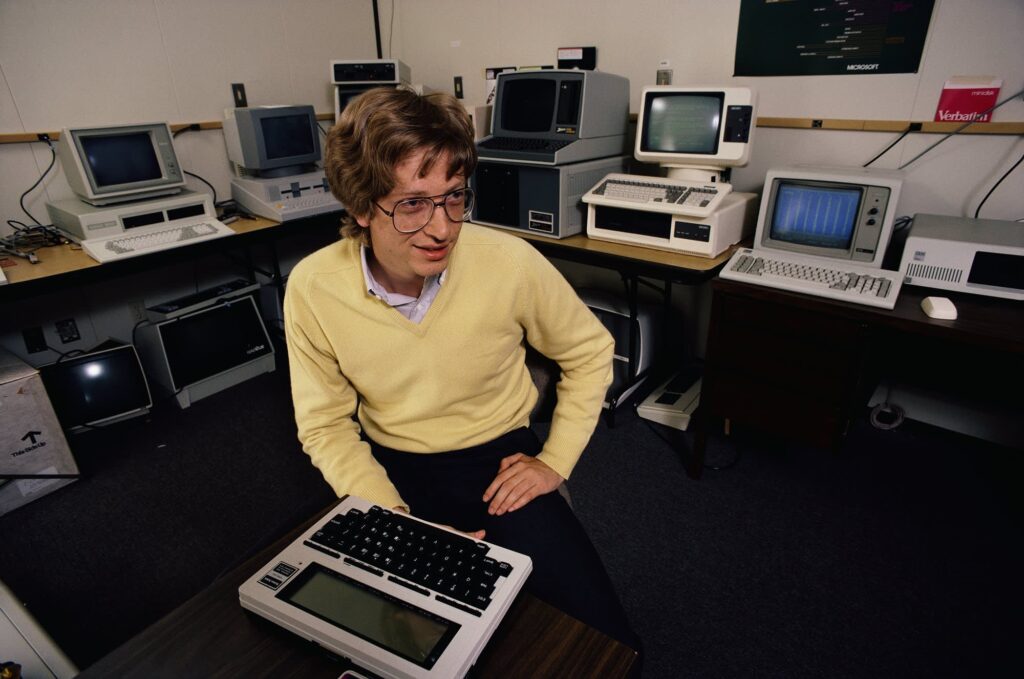
Founding Microsoft
In 1975, Gates dropped out of Harvard to start Microsoft with Paul Allen in Albuquerque, New Mexico. The company’s mission: to put “a computer on every desk and in every home.” Initially focused on software for microcomputers, Microsoft’s early clients included IBM, which was planning to enter the personal computer market.
The IBM Deal and MS-DOS
In 1980, IBM approached Microsoft to supply an operating system for its upcoming PC. Microsoft didn’t have one, but quickly purchased the rights to QDOS (Quick and Dirty Operating System) from Seattle Computer Products, rebranding it as MS-DOS. IBM accepted the product, and Microsoft struck a deal to license the OS rather than sell it outright—an ingenious move that allowed Microsoft to maintain control and profit from widespread adoption.
MS-DOS became the standard operating system for IBM-compatible PCs, cementing Microsoft’s position in the industry. By 1986, Microsoft went public, and Gates—aged just 31—became a billionaire.
Windows and Software Domination
The launch of Windows in 1985 marked a significant leap. With its graphical user interface, multitasking, and software suite—including Microsoft Word and Excel—Windows quickly became dominant in the OS market. Later versions like Windows 95 and Windows XP became global phenomena.
By the mid-1990s, Microsoft was the most valuable tech company in the world, and Gates was the richest person on the planet.
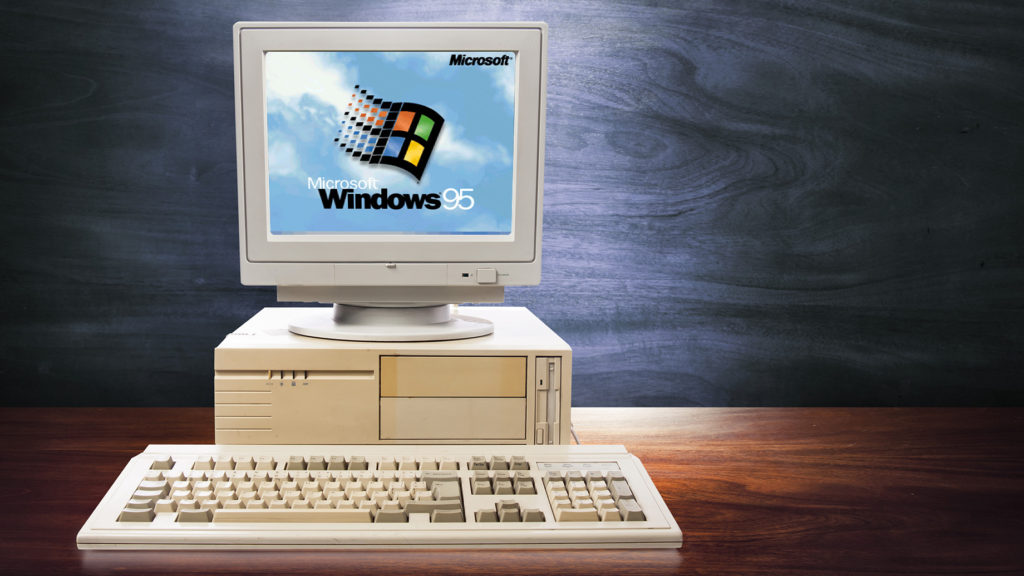
Antitrust Battles
Microsoft’s rapid ascent attracted government scrutiny. In 1998, the U.S. Department of Justice filed an antitrust lawsuit, accusing Microsoft of monopolistic practices—especially for bundling Internet Explorer with Windows. The trial painted Gates in a controversial light and eventually led to a settlement, but the experience shaped his views on leadership, governance, and humility.
Transitioning from CEO
In 2000, Gates stepped down as CEO of Microsoft, handing the reins to Steve Ballmer, and focusing on software architecture and long-term strategy. Though no longer at the helm, Gates remained influential in shaping Microsoft’s direction for several years. Eventually, he moved away from day-to-day operations to focus on philanthropy full-time.
The Philanthropic Phase: Changing the World Again
Founding the Gates Foundation
In 2000, Bill and Melinda Gates founded the Bill & Melinda Gates Foundation with the aim of addressing global health, education, and poverty. With a current endowment of over $50 billion, it is the largest private charitable foundation in the world.
The foundation’s major initiatives include:
-
Eradicating diseases such as polio and malaria
-
Expanding access to vaccines and sanitation
-
Improving U.S. education, especially in underserved communities
-
Funding research and innovation in agriculture and climate resilience
The Giving Pledge
In 2010, Gates joined Warren Buffett to launch The Giving Pledge, urging billionaires to commit to donating the majority of their wealth to philanthropy. As of today, more than 200 ultra-wealthy individuals and families across the globe have signed the pledge.
COVID-19 and Global Leadership
During the COVID-19 pandemic, Gates emerged as a leading voice advocating for global cooperation, vaccine equity, and pandemic preparedness. His 2015 TED Talk predicting a pandemic went viral, and the Gates Foundation committed over $2 billion to help fight COVID-19 globally.
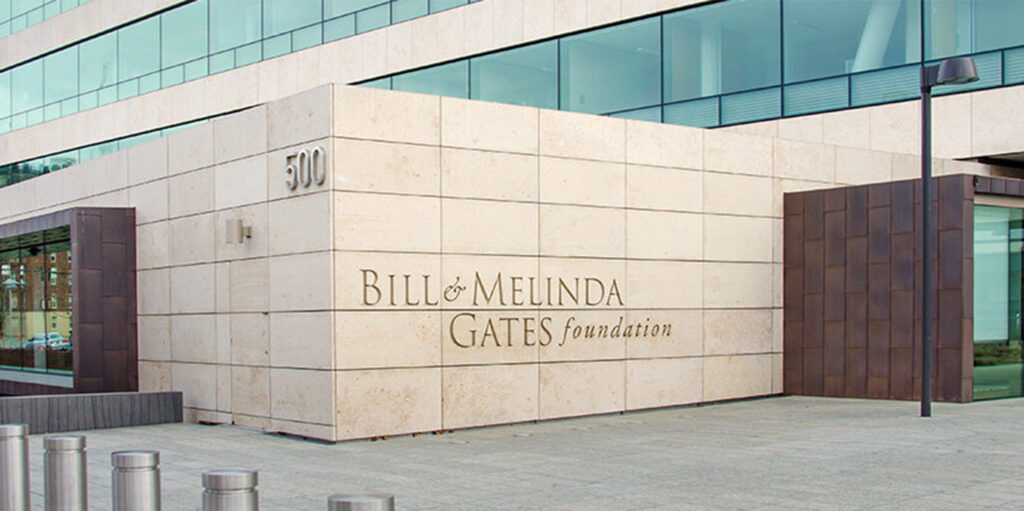
Life and Business Lessons from Bill Gates
1. Obsess Over the Mission
From his Harvard days to Microsoft’s rise, Gates focused obsessively on creating world-class software. His commitment to excellence set Microsoft apart. Entrepreneurs can learn the importance of being mission-driven and customer-obsessed.
2. Think Big but Start Small
Gates’ early success with BASIC and MS-DOS stemmed from solving a specific problem for a new market. He didn’t build Microsoft to conquer the world overnight—he grew it brick by brick.
3. Own the Intellectual Property
One of Gates’ smartest moves was retaining rights to MS-DOS. This not only made Microsoft immensely profitable but also taught entrepreneurs the power of controlling IP and licensing models.
4. Learn to Delegate and Step Back
By appointing Steve Ballmer and later Satya Nadella, Gates demonstrated the value of succession planning. He understood when to step aside to let new leadership guide the company through a new era.
5. Measure Impact, Not Intention
In philanthropy, Gates applies a data-driven, results-oriented approach. Whether eradicating malaria or reforming education, he insists on measuring outcomes—just as he did with product performance at Microsoft.
6. Read Relentlessly
Gates is a voracious reader, consuming 50+ books a year. He attributes much of his knowledge and foresight to his lifelong reading habit—a habit he recommends for every aspiring leader.
The Legacy of Bill Gates
Bill Gates didn’t just build a tech company—he helped build the digital age. His innovations transformed how people work, learn, and communicate. Yet perhaps his most enduring legacy will be his post-Microsoft phase—proving that wealth can serve humanity on an unprecedented scale.
Despite personal challenges, including his 2021 divorce from Melinda French Gates, he continues to champion science, equity, and long-term thinking. His unique blend of technical genius, business acumen, and social responsibility makes him one of the most influential figures of the 21st century.
Bill Gates’ life offers an inspiring blueprint for success in both business and social impact. From humble beginnings as a curious kid in Seattle to building a tech empire and dedicating his fortune to solving the world’s toughest problems, Gates has continually reinvented himself with purpose.
His story is not just about achieving wealth—it’s about using that wealth to tackle global challenges. For entrepreneurs, technologists, and philanthropists, Gates shows that the real measure of success is not what you build, but how you use what you’ve built to improve the lives of others.
As Gates said:
“Don’t compare yourself with anyone in this world… if you do so, you are insulting yourself.”
And perhaps more tellingly:
“With great wealth comes great responsibility.”
